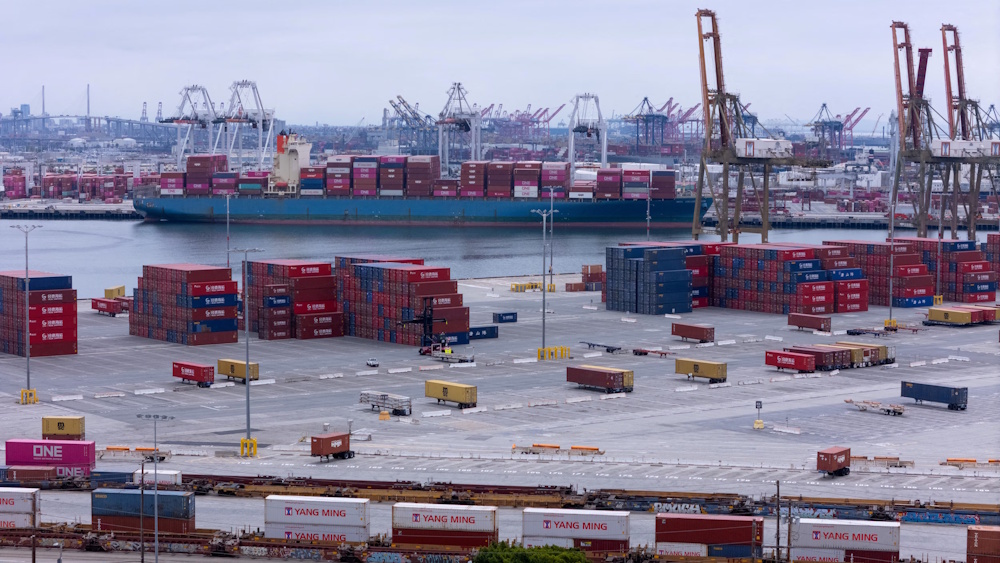
In the coming days, the Supreme Court will commence hearings on what President Donald Trump describes as “one of the most important cases in the history of our country.” With the majority of his tariffs — arguably the foundation of his entire economic strategy — at risk, he has proposed an unprecedented appearance at the nation’s highest court. The case will examine the extent of Trump’s legal authority to impose tariffs, referencing the International Emergency Economic Powers Act as a basis for this authority. Trump exercised those powers to impose import tax rates reaching 50% on significant trading partners such as India and Brazil, and as high as 145% on China earlier this year. A ruling against the president does not imply an immediate abolition of all existing tariffs; however, the result could significantly alter Trump’s economic approach.
The implications of the Supreme Court’s decision are significant. As of September 23, American businesses have incurred nearly $90 billion in payments related to the IEEPA tariffs currently under challenge, as per data. This amount represents over fifty percent of the tariff revenue accrued by the nation in the fiscal year 2025, concluding on September 30. Earlier this month, Trump stated in an interview that should the Supreme Court decide against him, “we’d have to pay back money” and compensate companies for the billions of dollars they have already disbursed. As the case unfolds — a process that may extend over several months — businesses will continue to incur IEEPA tariffs, leading to an increasing total of potential refunds. Nonetheless, the process for businesses to obtain refunds is likely to be neither straightforward nor swift.
The eligibility of all businesses that have remitted these tariffs for a potential refund remains uncertain. Legal experts indicated that the justices would probably reach such conclusions if they ultimately declare Trump’s IEEPA tariffs unlawful, as per reports. The potential for the immediate implementation of elevated tariffs serves as a significant leverage point that Trump has employed to compel nations to engage in trade negotiations and, in certain instances, to finalize agreements with the United States. In return, trading partners have pledged to enhance their acquisitions of American products and boost their investments in American enterprises, in addition to reducing tariffs on American exports. However, all of that may be at risk if the Supreme Court rules unfavorably for Trump.
“The IEEPA tariffs have served as a foundation for countries to negotiate agreements with the United States, and the implications of a potential inability to impose these tariffs remain uncertain,” stated Dave Townsend. “Presumably, the Trump Administration will assert that there are no alterations, and that the agreements continue to hold validity,” he added. However, it could indeed motivate trading partners to revisit negotiations with Trump, seeking to secure more favorable agreements. The implications for Trump’s tariff agenda are significant. US presidents have consistently possessed a broad array of tariffs available for imposition. However, Trump has primarily relied on two mechanisms during his second term: the IEEPA tariffs and Section 232 tariffs, which empower the president to impose elevated tariffs citing national security concerns. Section 232 tariffs are applicable solely to designated industry sectors and necessitate an inquiry conducted by the Commerce Department. Trump will maintain the authority to impose those tariffs, along with several others, regardless of the Supreme Court’s ruling. However, none of those mechanisms will enable him to alter import duties instantaneously, as he has accomplished with IEEPA.

